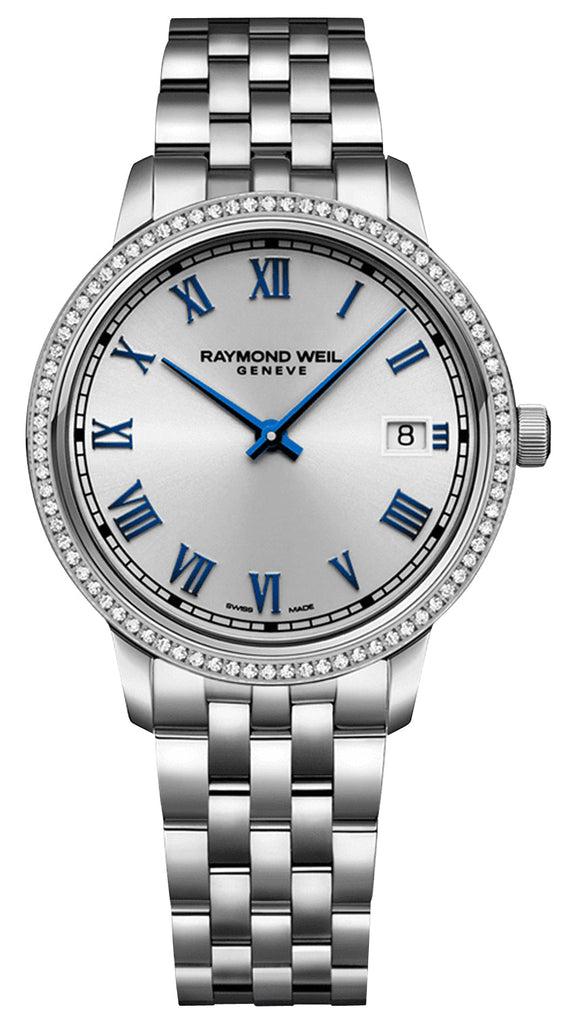Lung cancer therapeutics refer to the various treatments and medications that are used to manage and treat lung cancer, which is a type of cancer that starts in the lungs. Lung cancer is a serious and often fatal disease that is caused by abnormal cells growing and multiplying uncontrollably in the lungs.
In 2021, the market for lung cancer therapeutics was worth USD 28.56 billion, and by 2030 it will reach USD 60.72 billion, growing at a 8.74% CAGR during the forecast period.
Factors driving growth in the lung cancer therapeutics market include an aging population, a rise in smoking rates, and increasing awareness of the disease. In addition, new treatments such as immunotherapy and targeted therapy also show promise in treating lung cancer and are likely to contribute to market growth. However, high costs associated with some treatments and a lack of effective treatments for certain subtypes of lung cancer remain challenges for the market.
Market Dynamics
Drivers
- Increasing prevalence of lung cancer:The incidence of lung cancer is increasing worldwide due to smoking, exposure to air pollution, and genetic predisposition. This has increased the demand for effective lung cancer therapeutics.
- Increasing funding for cancer research: Governments and private organizations are investing heavily in cancer research, including lung cancer. This funding has enabled researchers to better understand the disease and develop new treatments.
- Growing awareness of lung cancer: Awareness campaigns and education initiatives have increased public awareness of the risks associated with lung cancer, leading to earlier diagnosis and treatment.
- Aging population: The global population is aging, and lung cancer is more common in older adults. As the population ages, the demand for lung cancer therapeutics will likely increase.
- Changes in lifestyle: Changes in lifestyle, such as reduced smoking rates and healthier diets, may contribute to a decrease in the incidence of lung cancer but also to the rise of other comorbidities that affect the development and progression of lung cancer, leading to a more complex and multi-dimensional market.
Restraints
Purchasing the most cutting-edge lung cancer treatments comes at a great expense. Drug prices are high as a result of increased research and development expenditures for efficient and life-saving medications. Due to their financial constraints, people in low- and middle-income brackets refrain from purchasing these cutting-edge medications, impeding the market’s expansion.
Opportunity
Biopharma businesses are spending substantially on research and development operations to innovate and create new and effective medications with minimal or no side effects. Traditional treatments came with risks of cancer recurrence and numerous other adverse effects, some of which could even be fatal. The market participants have benefited greatly from the technological improvements in terms of potential for expansion.
Market Segmentation
By Therapy
In 2021, the targeted therapy segment held the largest market share of 50%. Patients with lung cancer are increasingly turning to targeted therapy. Advanced targeted therapies for lung cancer treatment have been developed due to the biopharmaceutical industry’s rapid expansion and escalating R&D costs. B Targeted therapy has expanded dramatically worldwide due to rising healthcare costs and increased awareness of cutting-edge gene therapies that can treat diseases previously considered incurable.
By Lung Cancer Type
The non-small cell lung cancer segment held the majority of the market share in 2021 due to the rising rate of non-small cell lung cancer in the population. The need for lung cancer therapeutics to treat this form of lung cancer has driven the expansion of this segment in the global lung cancer therapeutics market. It is estimated that about 80% of lung cancer cases are non-small cell lung cancer.
By Distribution Channel
In 2021, the hospital pharmacies segment was the largest market contributor. The largest share is due to the rising tendency among customers to purchase medications from hospital pharmacies. Due to the availability of a wide choice of medications.
Regional Analysis
North America was the largest market contributor, with a significant revenue share in 2021. The increased demand for lung cancer therapeutics in this region is a result of the rising prevalence of lung cancer. And the expanding use of improved detection and lung cancer medicines for the treatment of lung cancer. Several top biopharmaceutical businesses have greatly aided the development and expansion of this area’s lung cancer therapies market. Additionally, the rising use of health insurance in North America has enhanced access to the most expensive and advanced treatments. The region’s enhanced access to cutting-edge healthcare facilities and robust. And established healthcare infrastructure have contributed substantially to the market’s expansion.
Key Players
- Boehringer Ingelheim
- AstraZeneca
- Bristol-Myers Squibb Company
- Merck
- Eli Lilly and Company
- Novartis AG
- PharmaMar SA
In 2021, the market for lung cancer therapeutics was worth USD 28.56 billion. And by 2030 it will reach USD 60.72 billion, growing at a 8.74% CAGR during the forecast period. The rising prevalence of lung cancer among the world’s population will drive the market for lung cancer therapeutics.
Related Reports:
Battery Management System Market Report – The global battery management system market will witness a robust CAGR of 21.2%. Valued at $6.41 billion in 2021, expected to appreciate and reach $35.79 billion by 2030, confirms Strategic Market Research.






